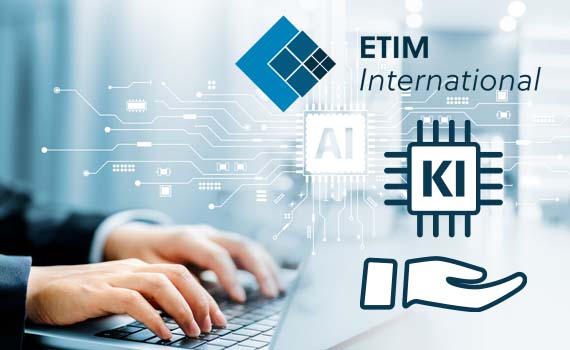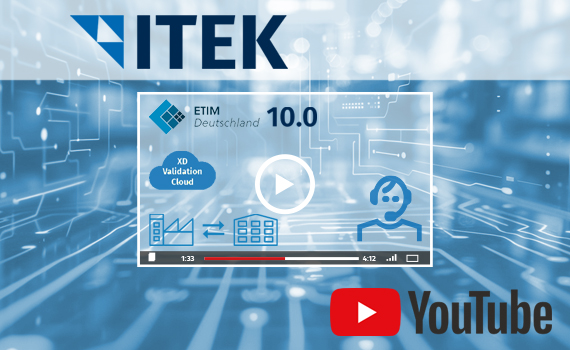Contact us for further information!
We will gladly answer your questions and help you further!

BIM (Building Information Modeling) is a model for the digital design, construction and operation of buildings. Through BIM, the processes of those involved (architect, planners, manufacturers, wholesalers, craftsmen, facility managers, etc.) change accordingly. Motto: First the virtual building is created, then the real one.
BIM affects all areas of buildings and requires the cooperation of all market partners (associations, architects, planners, wholesalers, industry, craftsmen). A strong change in building processes is to be expected and on the verge of this change, especially the industry standards are to be designed or optimized.
BIM has 7 dimensions. Graphic planning today is three-dimensional, it depicts the room. With the BIM concept, further dimensions are added, which are actually the core of BIM. All in all, this creates an overall view of the building, which enables integrated planning from planning, construction, operation, demolition and disposal. In general, the following additional dimensions are distinguished:
Today a large number of developments and standards are marketed under the generic term BIM. The complexity of the approach leads to completely different understandings of what requirements "BIM data" must meet. There is no clear definition of the quality requirements that BIM data must meet in order to fulfill the needs of different target groups. As the trade is increasingly demanding "BIM data" from the industry, it is important that uniform quality standards are defined to ensure that the high production costs and the actual benefit are in an acceptable ratio.
Currently, it seems reasonable to consider the IFC standard as the goal of BIM standardization. With VDI 3805, an open standard is already available to the heating sector, which currently represents the highest form of BIM capability within the heating industry. The integration into the BIM standard IFC as well as towards the classification system ETIM is on the way. On the other hand, the proprietary REVIT format as well as the open IFC format are available in the sanitary sector in addition to older, proprietary standards (e.g. DWG, DXF). However, the latter is currently not yet developed in the area of characteristics in a sanitary-specific manner. Especially the integration with ETIM seems to be important.
The following illustration gives a rough picture of the data quality level, but does by no means take into account all aspects of technical standardization (e.g. level of detail, level of information, compatibility of different 3D geometries).
Learn more about BIM or contact us directly!

Maintaining and classifying product data is a time-consuming and resource-intensive task for many manufacturers. But it doesn't have to be: With a…
Read more
For wholesalers, standardised product data is a decisive factor for efficient searches and optimisation of the digital customer experience. Product…
Read more
With the ETIM standard, you as a manufacturer can classify your products efficiently and systematically. This increases your visibility and your sales…
Read more
The requirements for digital product data are constantly increasing in the HVAC and electrical industry. As a manufacturer, you can use ETIM…
Read more
In our “ITEK industry standards knowledge” playlist on YouTube, we provide you with in-depth information on relevant industry standards from the HVAC…
Read more
The digitalization of processes and the electronic exchange of business documents in conjunction with EDI (Electronic Data Interchange) are playing an…
Read more